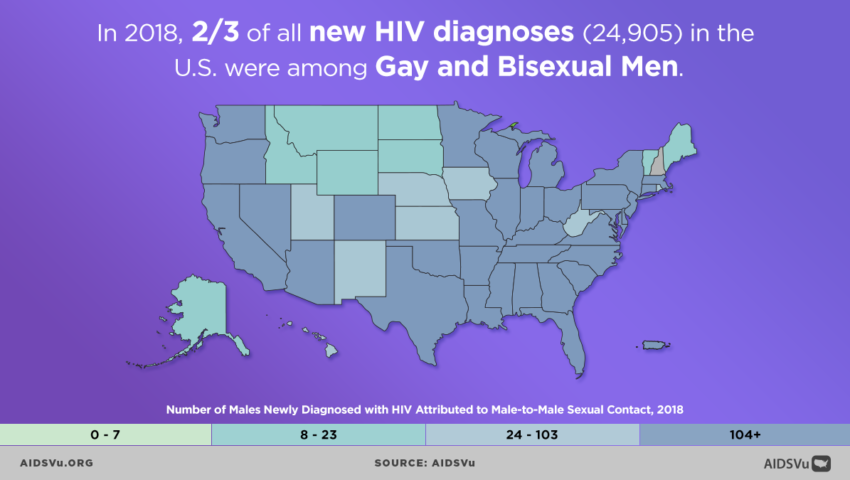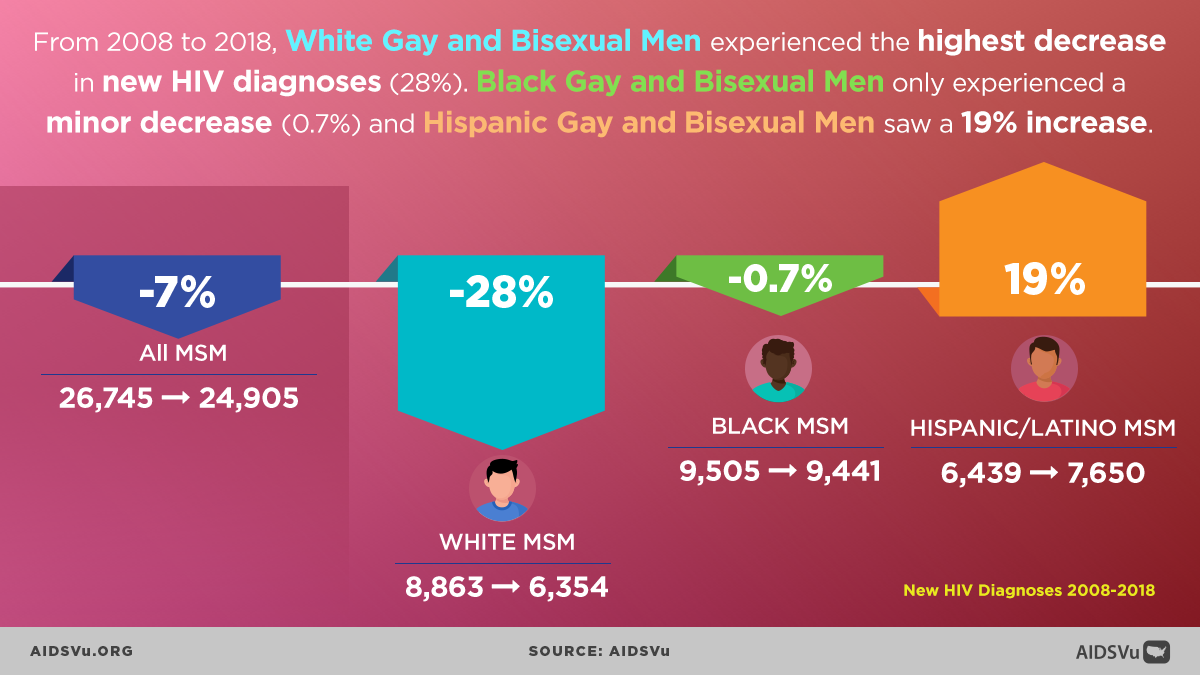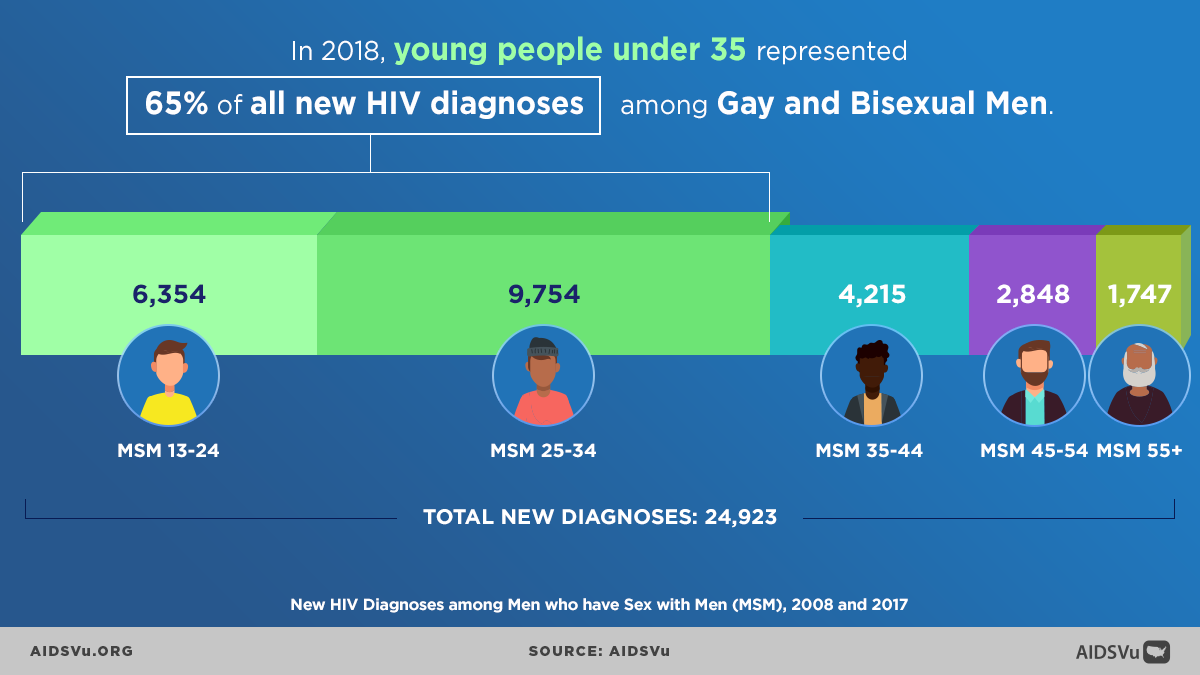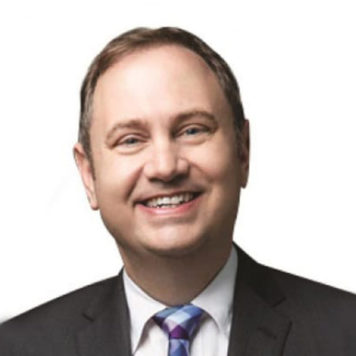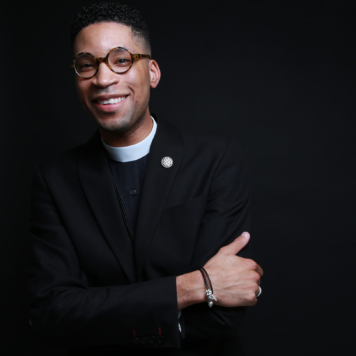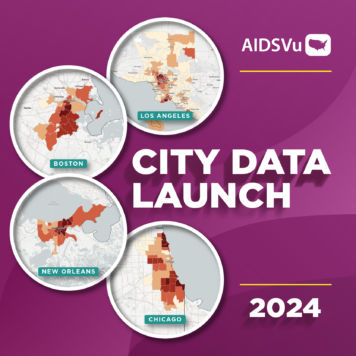Gay and Bisexual Men are the population most affected by HIV in the United States, and factors like race/ethnicity, age, and ZIP Code further compound these health disparities. Only by looking at the intersectionality of identities can we understand who the HIV epidemic is impacting the most and what interventions and resources are needed.
Between 2008 and 2018, the number of new HIV diagnoses for Gay and Bisexual Men saw an overall decrease of 7%, but progress varied widely across different racial/ethnic groups. Although White Gay and Bisexual Men experienced a significant decrease (28%) in new HIV diagnoses during this time, Black Gay and Bisexual Men experienced only a small decrease (0.7%). While Hispanic/Latinx Gay and Bisexual Men experienced a significant increase (19%) in new HIV diagnoses.
Pre-Exposure Prophylaxis, or PrEP, is one of the most effective ways to prevent HIV transmission through sex; however, the number of PrEP users varies considerably across the United States. For example, there are only 29.9 male PrEP users per 1,000 Men who have Sex with Men (MSM) in the South, compared to 75.3 male PrEP users per 1,000 MSM in the Northeast. Disparities in PrEP use are driven by many factors, including low awareness of PrEP, limited access to PrEP services (e.g., service deserts,) HIV stigma, provider bias, and other challenges.
NGMHAAD provides stakeholders with an opportunity to engage with Gay and Bisexual Men living with and at risk for HIV to better understand challenges to HIV prevention, testing, treatment, and care.
Share AIDSVu’s infographics and expert Q&As to raise awareness in your community.

